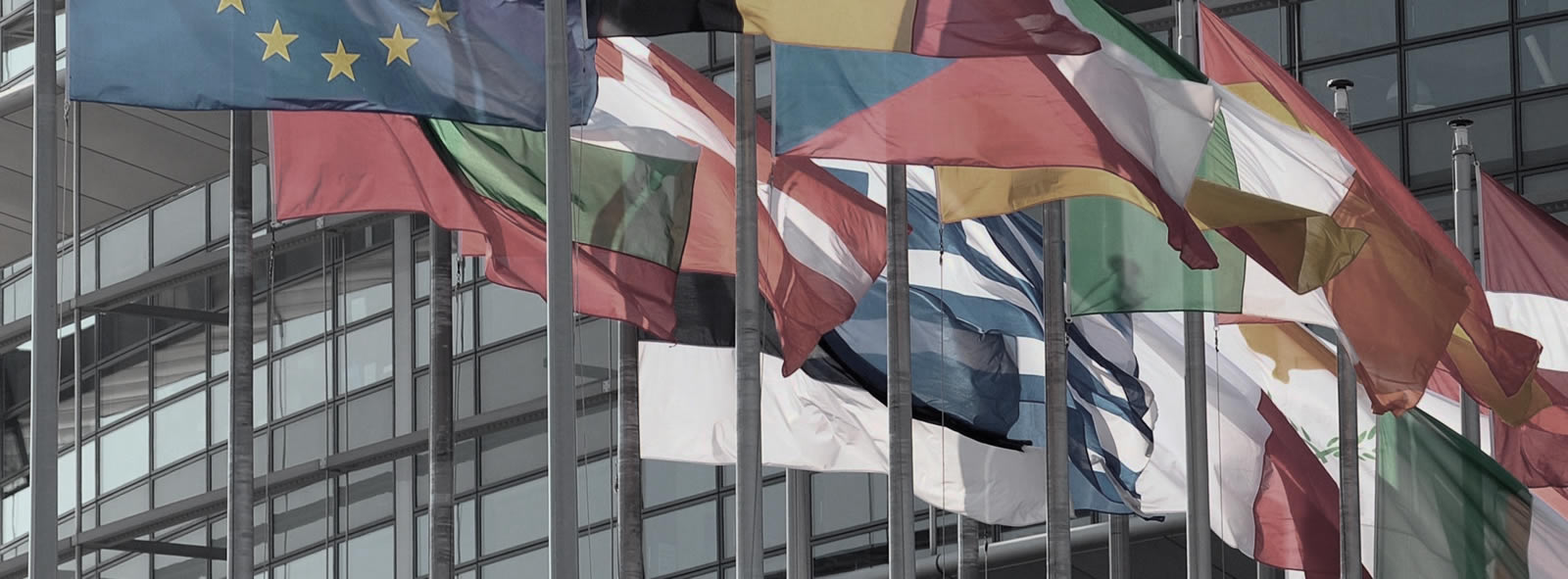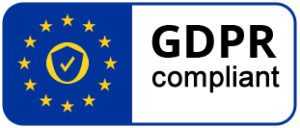Physical access control should not be overlooked
Recommendations for NIS 2 and the EU proposal on critical entities During the past few years, the EU discussion on critical entities has been focused on cybersecurity. There are good reasons for this: critical entities increasingly rely on digitalisation and cyber-threats are constantly on the rise. However,...



